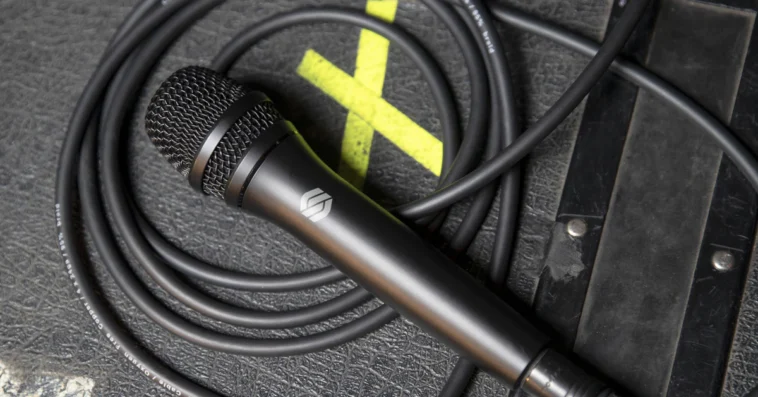Microphones play a crucial role in capturing the nuances of sound, making dynamic range a key consideration for audio enthusiasts, musicians, and recording professionals. In this article, we’ll delve into the intricacies of microphone dynamic range, explore its significance, and guide you in choosing the right microphone for your needs.
Unlock the ultimate guide to choosing between Shure MV7 and SM7B microphones. Discover the differences, find the perfect fit for your needs, and make an informed decision – Shure MV7 vs SM7B: Which One Is a Better Mic?
Dynamic range for the microphone
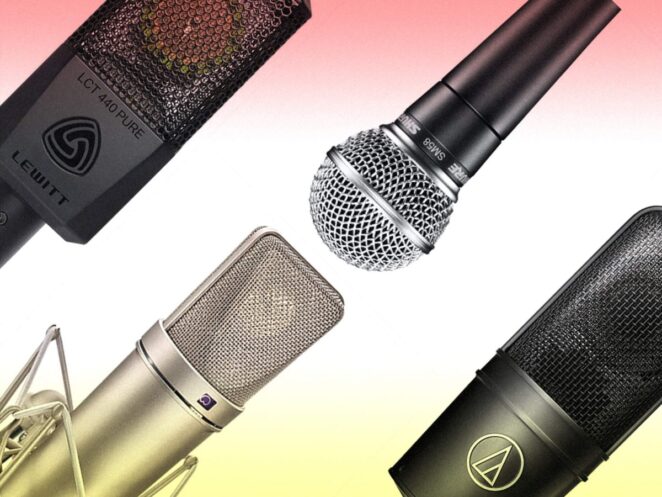
Definition of Dynamic Range
Dynamic range, in the context of audio recording, refers to the difference between the quietest and loudest sounds a microphone can capture. It is a critical aspect of recording quality, influencing the clarity and fidelity of the audio.
Importance of Dynamic Range in Microphones
The dynamic range of a microphone determines its ability to handle both subtle and loud sounds without distortion. A good dynamic range ensures that the microphone can faithfully reproduce the full spectrum of audio, from the gentlest whispers to powerful, intense sounds.
Understanding Dynamic Range
In simple terms, dynamic range is the extent to which a microphone can accurately capture the softest and loudest sounds in an audio signal. This capability is measured in decibels (dB) and is indicative of a microphone’s sensitivity and responsiveness
Dynamic range is typically expressed as the difference between the noise floor (the quietest detectable sound) and the maximum sound pressure level (SPL) the microphone can handle without distortion. This measurement provides a numerical value representing the microphone’s dynamic capabilities.
The Ideal Dynamic Range for a Microphone
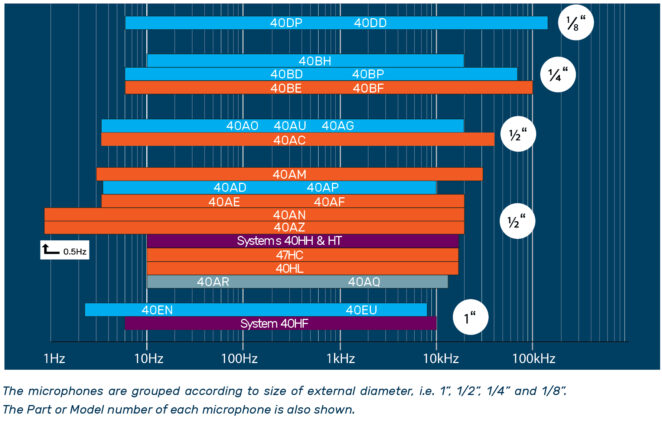
The ideal dynamic range for a microphone depends on various factors, including the type of sound being recorded, the recording environment, and the desired level of detail in the audio.
Different microphone types, such as condenser and dynamic microphones, have varying dynamic range requirements. Understanding these differences is crucial when selecting the right microphone for a specific application.
Effects of Insufficient Dynamic Range
Insufficient dynamic range can lead to clipping and distortion in audio recordings. Clipping occurs when the input signal exceeds the microphone’s maximum SPL, resulting in a distorted, unpleasant sound.
A microphone with inadequate dynamic range may fail to capture the subtleties of performance, leading to a loss of detail and fidelity in the recorded audio. This can be particularly noticeable in complex musical arrangements or nuanced vocal performances.
Choosing the Right Microphone for Your Needs
Selecting a microphone with an appropriate dynamic range for the recording environment is crucial. Studio recordings, live performances, and podcasting each have unique requirements that should be considered when choosing a microphone.
Different recording scenarios, such as capturing a live concert or recording a podcast in a controlled environment, demand specific dynamic range capabilities. Understanding these considerations ensures optimal recording quality.
Improving Dynamic Range in Microphone Recordings
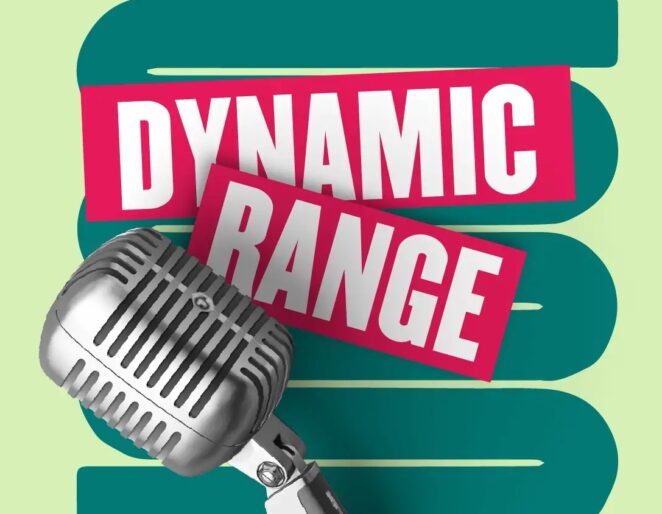
In situations where a microphone’s inherent dynamic range is insufficient, external preamps and compressors can be employed to enhance the recorded audio. These tools help manage dynamic variations and maintain a balanced, distortion-free signal.
In the post-production phase, various techniques, such as equalization and dynamic range compression, can be applied to further refine and optimize the recorded audio. These methods provide flexibility in shaping the final sound.
Real-world Examples of Dynamic Range in Microphones
To provide practical insights, we’ll explore the dynamic range specifications of popular microphone models. This will offer readers a tangible understanding of how different microphones perform in real-world scenarios.
Technological Advancements in Microphone Dynamic Range
Advancements in microphone technology continue to push the boundaries of dynamic range. From improved diaphragm materials to enhanced signal processing, these innovations contribute to the overall quality and performance of modern microphones.
As technology evolves, we can anticipate further improvements in microphone dynamic range. This section explores emerging trends and potential developments that may shape the future of audio recording.
Tips for Maintaining Optimal Dynamic Range

Strategic microphone placement is essential for capturing the intended dynamic range of a sound source. Understanding the optimal distance and angle ensures that the microphone captures the desired nuances without distortion.
Adjusting input levels on recording equipment is a fundamental aspect of maintaining optimal dynamic range. Properly setting input levels prevents distortion and ensures that the microphone accurately captures the full range of sounds.
Common Misconceptions about Dynamic Range
The topic of dynamic range is often surrounded by misconceptions. This section aims to dispel common myths and provide clarity on aspects that may cause confusion for users.
Understanding the nuances of dynamic range can be challenging for those new to audio recording. By addressing misconceptions, we aim to empower users with accurate information for informed decision-making.
Importance of Dynamic Range in Different Recording Environments
In a studio setting, where precision and detail are paramount, the dynamic range of a microphone significantly influences the overall quality of the recording. The ability to capture subtle nuances contributes to the richness of the final audio.
In live performances, microphones with a wide dynamic range excel in faithfully reproducing the dynamics of a live show. This ensures that the audience experiences the full range of musical expression without compromise.
Podcasting and voiceover work demand microphones with a balanced dynamic range. Clear articulation of spoken words, coupled with the ability to handle dynamic variations, is essential for delivering professional and engaging audio content.
How to Test and Evaluate Dynamic Range in a Microphone
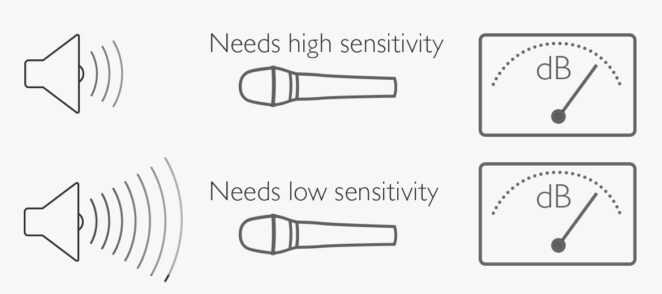
For those looking to test and evaluate the dynamic range of their microphone, practical methods and procedures can be followed. This section provides actionable steps for users to assess their equipment.
Utilizing specialized tools and software can aid in the measurement and evaluation of a microphone’s dynamic range. This includes software applications designed for audio analysis and dedicated hardware for more precise measurements.
Industry Standards for Dynamic Rang
Various industry standards and benchmarks guide manufacturers in designing microphones with optimal dynamic range. Understanding these standards provides users with a reference point when comparing different microphone models.
Microphones that adhere to established industry specifications instill confidence in users regarding their dynamic range capabilities. This section emphasizes the importance of checking for compliance when selecting a microphone.
Conclusion
The dynamic range of a microphone is a critical factor that significantly influences the quality of audio recordings. Whether you’re a professional audio engineer or an aspiring podcaster, understanding the dynamic range and its implications empowers you to make informed decisions when choosing and using microphones.



